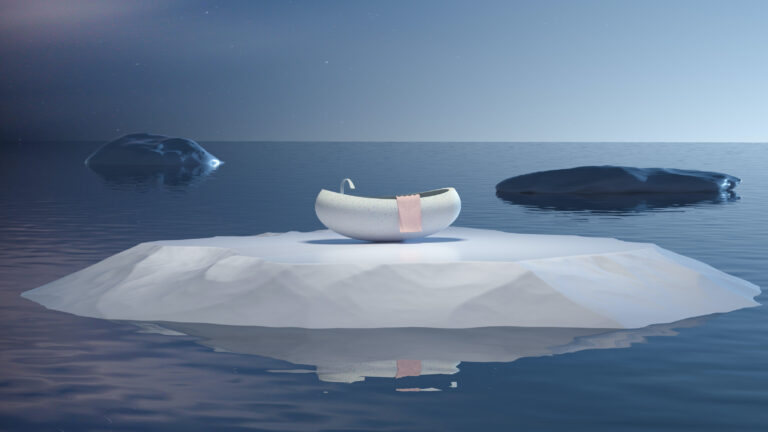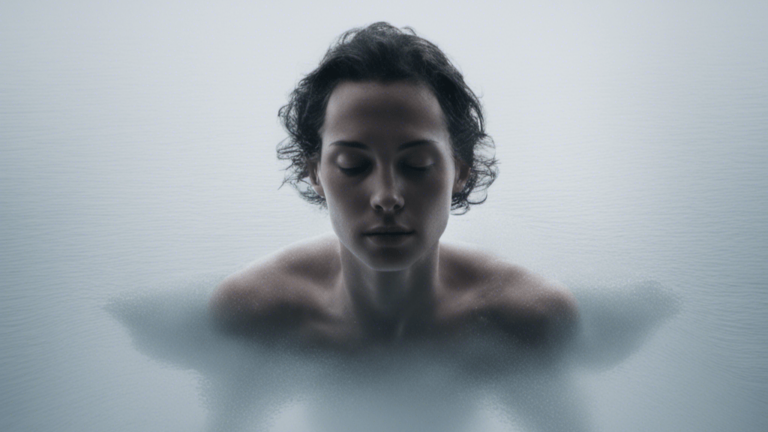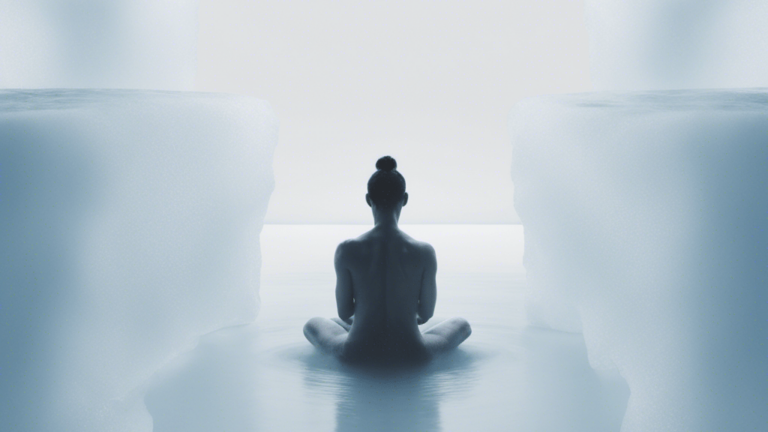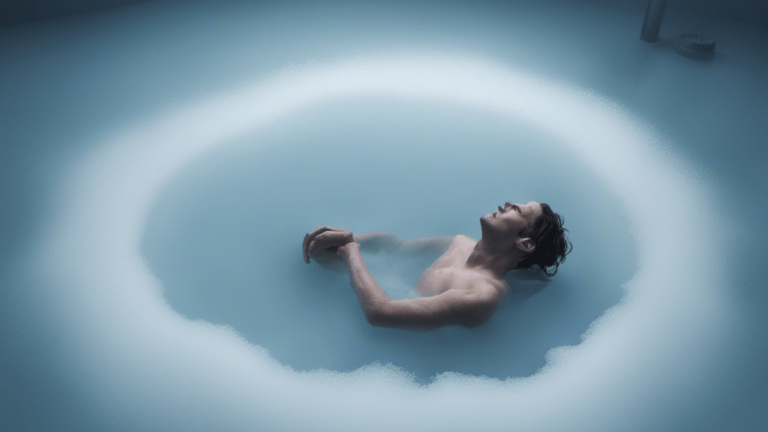7 Surprising Health Benefits of Ice Baths You Should Know
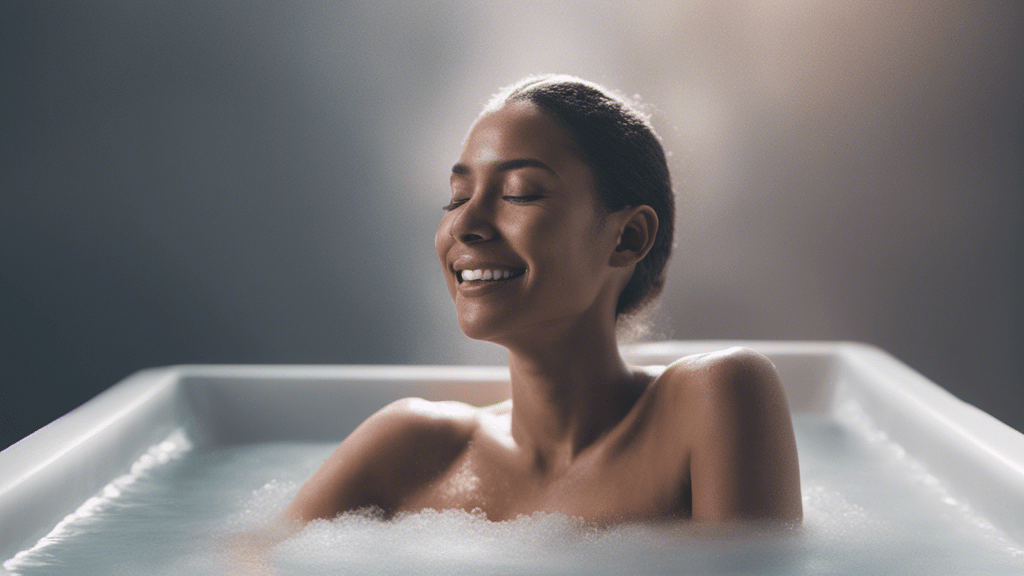
Known formally as cold water immersion therapy, ice baths have been increasingly sweeping across the health and fitness landscape. Ice tubs marked their territory as an effective recovery tool after workouts, but they offer so much more! Keep reading and find out what are the 9 surprising health benefits of ice baths.
Ice Baths – Health Benefits
Submerging yourself into ice-cold water isn’t something that you would naturally find appealing. Videos of athletes dunking themselves into narrow barrels filled with ice are amusing, but not something that you would initially think you could do as well. Well, what if you can, and what if it’s so healthy for you, that you should go do it immediately?
The perception concerning ice baths typically includes sights of discomfort and intense shivering. This mental image, though not entirely wrong, is not all of what this unique therapy entails. In fact, the benefits of ice baths outweigh the initial discomfort you might feel.
Various scientific studies have discovered that cold water immersion can:
- help recover muscles,
- boost circulation,
- support weight loss,
- aid mental health,
- contribute to improved sleep.
It’s these observed and scientifically investigated health benefits of ice baths that we aim to explore in this article. We will explain the function of each mechanism behind ice bath-related health benefits in detail. Keep reading and you might decide to give them a try!
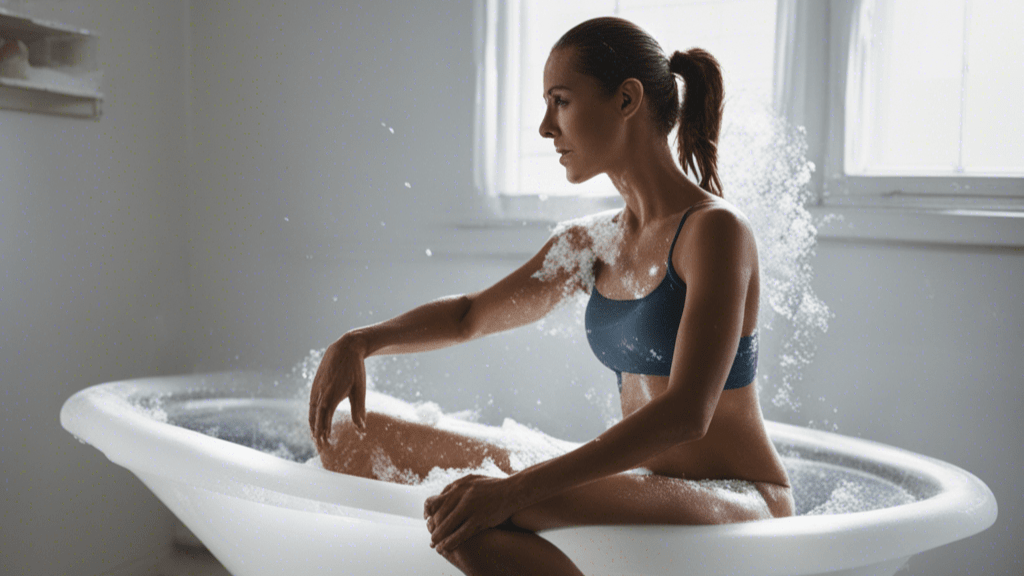
Physical Health Benefits
1. Boosting of the Immune System
Central to the ice bath advantages is their potential to strengthen the immune system. Engaging in cold therapy means subjecting our bodies to a low-temperature environment, which in turn increases blood circulation. Faster blood circulation causes more immune cells to be produced and circulate in the body.
A study published in the Journal of Physiological Anthropology found that participants who underwent cold water immersion had increased counts of white blood cells and several other immune system markers (1). The key here is the body’s response to the shock of cold water, which triggers this immunological enhancement.
Additionally, the body’s exposure to cold temperatures during ice baths can activate the sympathetic nervous system, leading to the release of adrenaline (2). This hormone not only prepares the body for “fight or flight” situations but also has been linked to the mobilization of immune cells. When adrenaline courses through the bloodstream, it can prompt the release of immune cells from the spleen and other reservoirs, making them more available to combat pathogens.
Furthermore, repeated cold exposure can train the body to become more efficient in this mobilization process. This means that over time, regular ice bathers may have a more rapid and effective immune response. Practically incorporating ice baths into your routine can have a beneficial effect on your immune system.
2. Improved Cardiovascular Health
Boosting circulation with ice baths is another health benefit of this form of cold therapy. The body’s response to the cold is constricting its blood vessels to maintain core body temperature. Once you leave the cold bath, your blood vessels are going to expand again, and your blood will start flowing quickly.
This was shown multiple times in different scientific studies. Not only do these studies highlight improved circulation but also better cardiovascular fitness. Better blood circulation means more efficient oxygen distribution to muscles and organs, which can optimize physical performance. You can improve your blood flow by being consistent with ice bathing. Gradual exposure, beginning at manageable temperatures and times, can train the body and slowly improve your cardiovascular system.
Moreover, the rhythmic contraction and relaxation of blood vessels during cold immersion stimulate blood flow. This dynamic process helps flush out toxins and metabolic waste from the body. As a result, individuals who regularly incorporate ice baths into their wellness routines often report reduced muscle soreness and faster recovery times. The cumulative benefits of enhanced circulation extend beyond immediate physical effects and potentially contribute to long-term cardiovascular health.
3. Enhancement of Muscle Recovery and Performance
Athletes and fitness enthusiasts often turn to ice bath recovery techniques post-exercise to speed up their restorative processes. The cold immersion post-training induces a process called vasoconstriction, reducing inflammation and swelling in the muscles.
Reports in the Journal of Strength and Conditioning Research indicate that athletes using ice baths show less muscle soreness and can resume intensive training quicker than those who don’t (3). These findings illustrate yet another compelling post-exercise ice bath advantage. If you’d like to see the benefits of ice bathing on your health, start gradually. Immerse yourself in an ice tub for 10 to 15 minutes a couple of days per week. You can even start with 5 minutes, and work up to 10.
An article by the Huberman Lab, The Science & Use of Cold Exposure for Health & Performance (4), notes that cold water immersion potentially hinders certain benefits associated with training. Specifically, if you immerse yourself in cold water within 4 hours post-training, you might end up with less muscle and endurance gain. To maximize the benefits of training and avoid these potential drawbacks, it’s recommended to wait 6-8 hours after training before opting for cold water immersion.
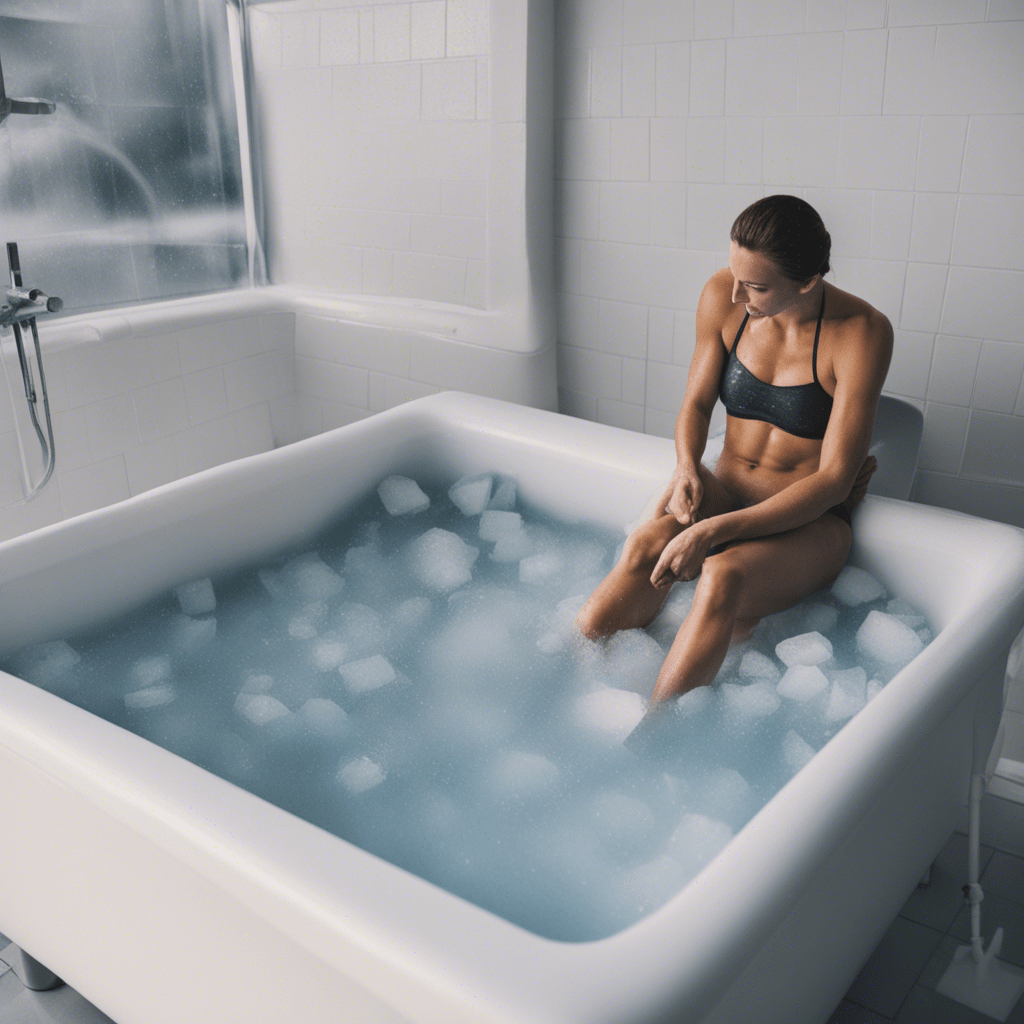
Mental Health Benefits of Ice Bathing
4. Reduction of Stress and Anxiety
One of the most intriguing benefits of ice baths is the reduction of stress and anxiety. The body’s response to sudden cold exposure is more than just surface-deep. It triggers the release of neurotransmitters norepinephrine and dopamine that can alleviate stress and anxiety.
Ice baths also offer a unique form of mindfulness practice. Cold plunging requires a heightened level of focus and presence, diverting the mind from external stressors. This act of mindfulness, combined with the body’s natural release of mood-enhancing neurotransmitters, creates a dual approach to combating stress and anxiety. Moreover, the discipline and resilience developed from regular cold exposure can make you mentally stronger in other areas of life.
5. Improvement of Sleep Quality
Our circadian rhythm (our body’s internal clock) is influenced by fluctuations in body temperature. A drop in body temperature can make you feel sleepy. Engaging in cold water immersion at strategic times during the day can help stimulate this temperature drop, potentially leading to you falling asleep quicker.
A 2012 study in the Journal of Physiological Anthropology delved into the effects of body cooling on sleep quality. The findings suggested that cooling methods, such as ice baths, can positively influence sleep onset and sleep quality (5). For those struggling with sleeping, cold baths might offer a promising solution.
It’s not necessary to take cold baths right before bedtime. A dip in cold water at any time can assist in regulating body temperature, setting the stage for better sleep.
Furthermore, cold water immersion has been linked to decreased cortisol levels, the primary stress hormone in our body. High cortisol levels can disrupt our natural sleep patterns. By decreasing cortisol, ice baths not only help you fall asleep but also promote a peaceful mental environment. This combination of body temperature regulation and stress relief positions ice baths as a good strategy for helping you sleep better.
6. Enhancement of Mood & Focus
Another fascinating advantage of cold water therapy is its potential to uplift your mood and improve focus. The cold shocks the body and leads to an increase in brain activity, resulting in increased focus and better mood.
A notable study in Biology demonstrated that cold exposure could:
- activate the sympathetic nervous system,
- release dopamine,
- collectively improve mood and focus (6).
Many people who practice cold water immersion therapy describe feeling more alive and alert after an ice bath. They attribute their enhanced mood and sharpened focus to this unique combination of physical and psychological stimuli.

Long-Term Health Benefits of Ice Baths
7. Promoting Weight Loss
Weight loss stands out among the list of ice bath advantages. The principle behind this is relatively simple – exposure to cold temperatures stimulates the metabolism. This prompts the body to burn more calories to maintain core body temperature.
Many scientific studies suggest that cold exposure can stimulate brown adipose tissue, a type of tissue that burns fat to generate heat (7, 8, 9). Furthermore, it’s essential to understand the distinction between white and brown adipose tissues when discussing ice baths and weight loss. White adipose tissue stores energy and contributes to weight gain, and brown adipose tissue burns energy. Cold exposure, like taking ice baths, can convert some white fat cells into beige fat cells, a transitional form that behaves more like brown fat. This conversion not only boosts calorie burn but also improves insulin sensitivity and metabolic health.
Incorporating ice baths into a weight loss strategy needs a balanced approach. Using this method together with a healthy diet and regular exercise can trigger effective results. Remember, consistency is key to reaping the long-term health impacts of cold therapy. Relying solely on ice baths for weight loss isn’t advisable. It’s a supplementary tool that, when combined with other holistic approaches, can enhance overall weight management.
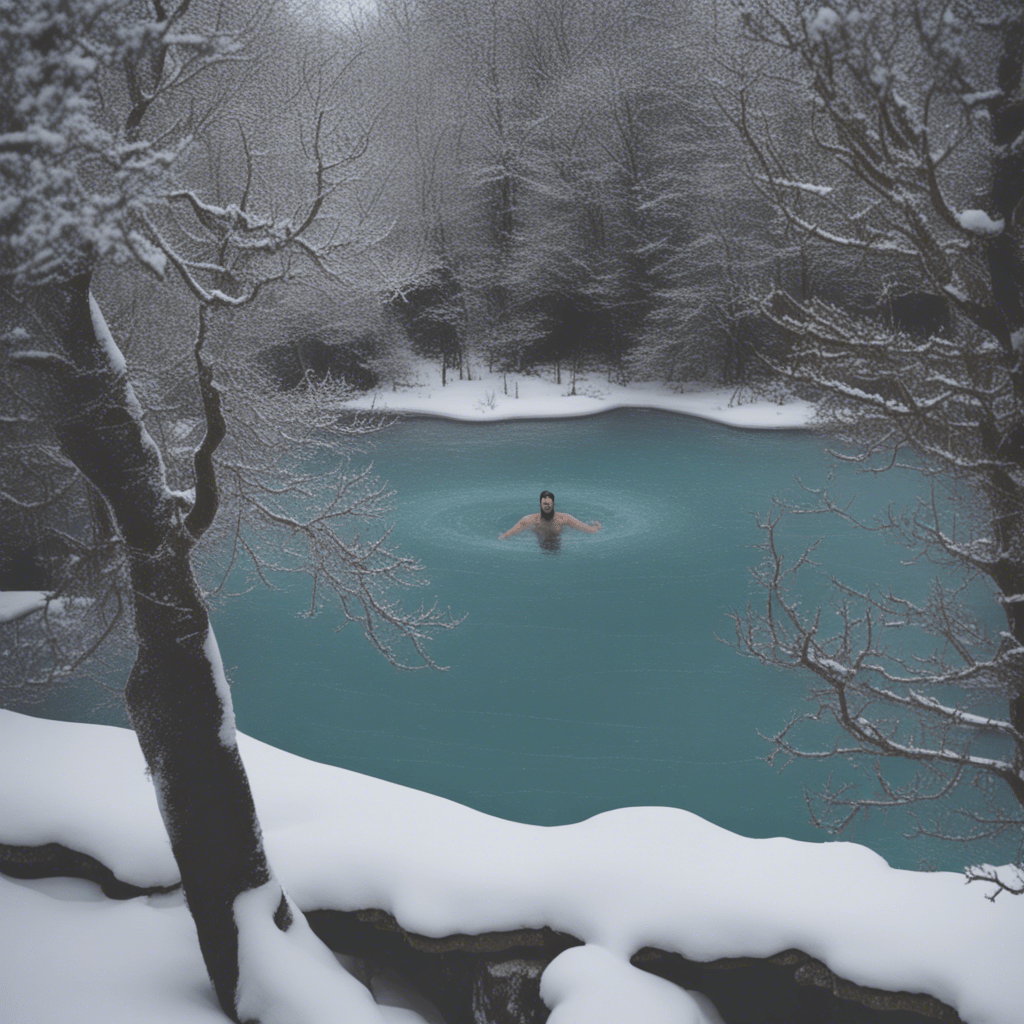
Recap of the key benefits of ice baths
It has been clear throughout this entire article that ice bathing comes with many advantages. Starting to ice bathe can be a bit intimidating, but it offers much more than just muscle recovery. The power of cold water therapy lies in its capacity to stimulate our natural physiological processes – boosting immune function, improving circulatory health, facilitating weight management, and even promoting better sleep and mental health.
Anyone can benefit from ice bathing. You can be a professional athlete, a part-time gym enthusiast, or someone looking for natural routes to improved health. Everyone can employ cold water therapy as part of their wellness spectrum. Just remember to start gradually and progressively add more time to your icy plunge. Respect your boundaries, and embrace the personal growth process as it unfolds.
Ice baths as a part of a health regimen
Given the large amount of evidence supporting the health benefits of cold water immersion, it seems that incorporating ice baths or cold showers into your routine is a great idea. Starting small can help the body adjust to the colder temperatures and amplify the ultimate health impacts of cold therapy. Try cold showers or one-minute cold baths first.
Each cold water immersion comes with a certain level of discomfort and is another opportunity for personal growth. Each breath held, each shiver, and each icy plunge is another step toward gaining all the health benefits from cold water therapy.
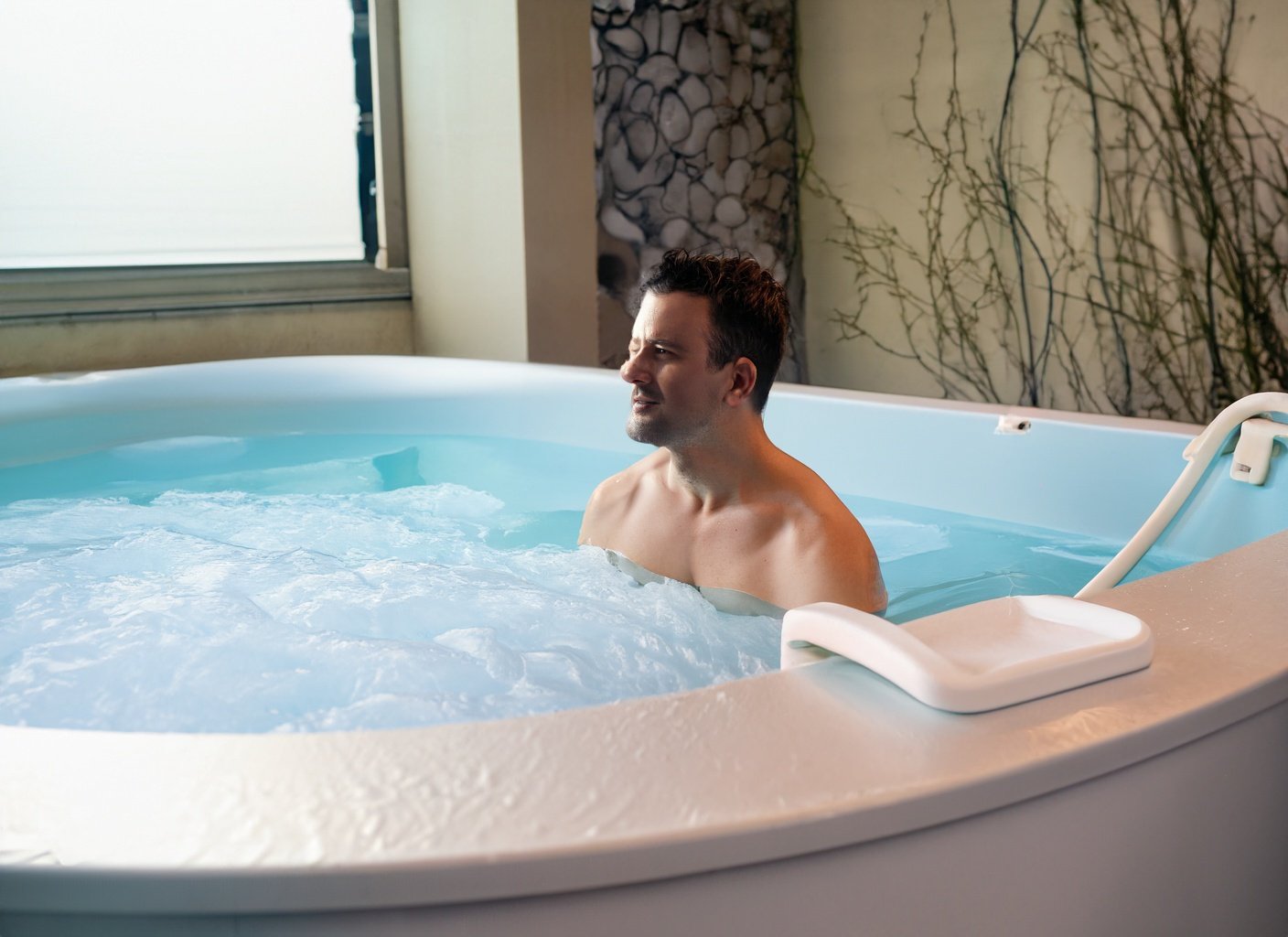
Literature sources
- Versteeg N, Clijsen R, Hohenauer E. Effects of 3-week repeated cold water immersion on leukocyte counts and cardiovascular factors: an exploratory study. Front Physiol. 2023 Aug 29;14:1197585. doi: 10.3389/fphys.2023.1197585
- Kox M, van Eijk LT, Zwaag J, van den Wildenberg J, Sweep FC, van der Hoeven JG, Pickkers P. Voluntary activation of the sympathetic nervous system and attenuation of the innate immune response in humans. Proc Natl Acad Sci U S A. 2014 May 20;111(20):7379-84. doi: 10.1073/pnas.1322174111.
- Xiao F, Kabachkova AV, Jiao L, Zhao H, Kapilevich LV. Effects of cold water immersion after exercise on fatigue recovery and exercise performance–meta analysis. Front Physiol. 2023 Jan 20;14:1006512. doi: 10.3389/fphys.2023.1006512.
- Huberman, A. (2022) The Science & Use of Cold Exposure for Health & Performance. Huberman Lab.
- Okamoto-Mizuno K, Mizuno K. Effects of thermal environment on sleep and circadian rhythm. J Physiol Anthropol. 2012 May 31;31(1):14. doi: 10.1186/1880-6805-31-14.
- Yankouskaya A, Williamson R, Stacey C, Totman JJ, Massey H. Short-Term Head-Out Whole-Body Cold-Water Immersion Facilitates Positive Affect and Increases Interaction between Large-Scale Brain Networks. Biology (Basel). 2023 Jan 29;12(2):211. doi: 10.3390/biology12020211.
- Søberg S, Löfgren J, Philipsen FE, Jensen M, Hansen AE, Ahrens E, Nystrup KB, Nielsen RD, Sølling C, Wedell-Neergaard AS, Berntsen M, Loft A, Kjær A, Gerhart-Hines Z, Johannesen HH, Pedersen BK, Karstoft K, Scheele C. Altered brown fat thermoregulation and enhanced cold-induced thermogenesis in young, healthy, winter-swimming men. Cell Rep Med. 2021 Oct 11;2(10):100408. doi: 10.1016/j.xcrm.2021.100408.
- Huo C, Song Z, Yin J, Zhu Y, Miao X, Qian H, Wang J, Ye L, Zhou L. Effect of Acute Cold Exposure on Energy Metabolism and Activity of Brown Adipose Tissue in Humans: A Systematic Review and Meta-Analysis. Front Physiol. 2022 Jun 28;13:917084. doi: 10.3389/fphys.2022.917084.
- Vosselman MJ, Vijgen GH, Kingma BR, Brans B, van Marken Lichtenbelt WD. Frequent extreme cold exposure and brown fat and cold-induced thermogenesis: a study in a monozygotic twin. PLoS One. 2014 Jul 11;9(7):e101653. doi: 10.1371/journal.pone.0101653.

